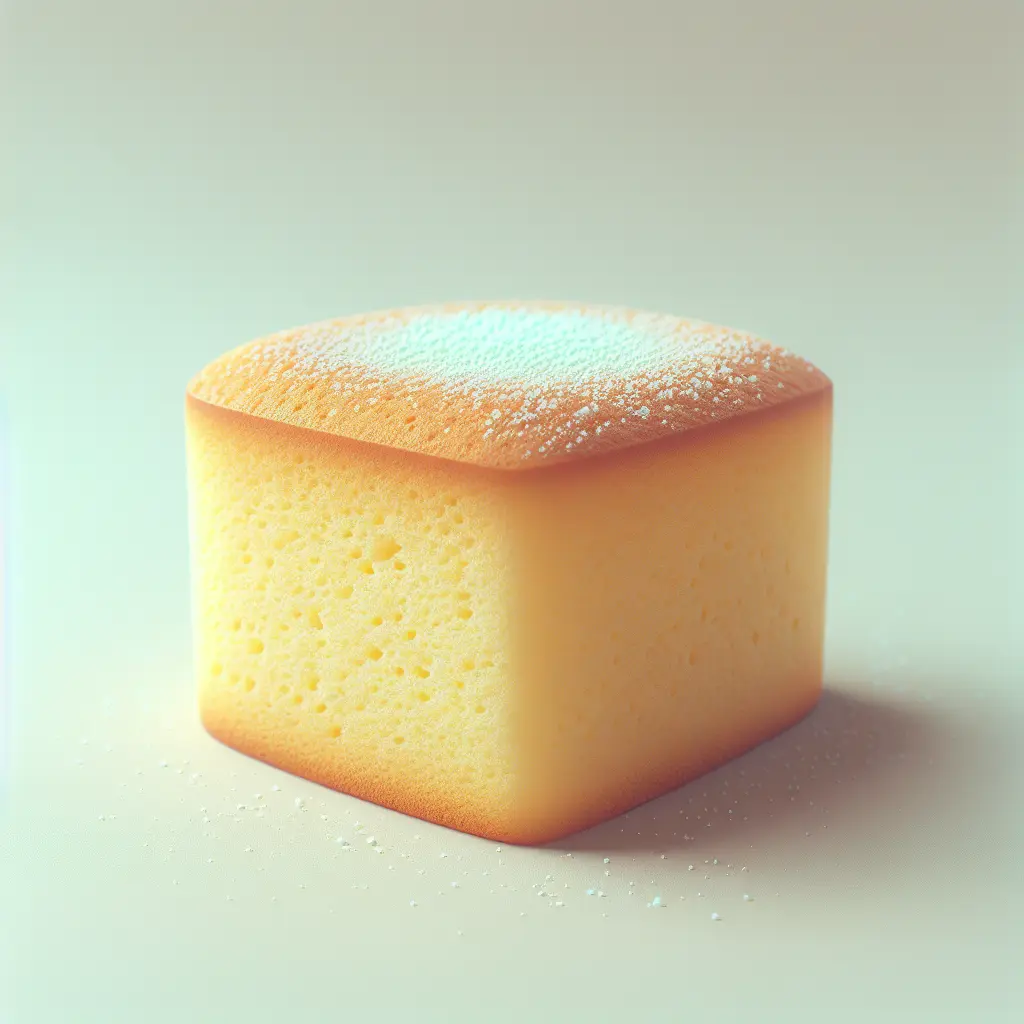Castella: A Heavenly Sponge Cake Delight
Castella, a scrumptious and iconic Japanese sponge cake, has tantalized taste buds for centuries. With its origins tracing back to the 16th century, this delectable treat embodies the harmonious fusion of Western and Japanese culinary traditions. Castella's heavenly texture, delicate sweetness, and captivating aroma have made it a beloved staple in Japanese confectionery.
Exploring the Origins and Ingredients
The story of Castella begins in the 16th century when Portuguese traders introduced European sponge cake to the shores of Nagasaki, Japan. Intrigued by its airy texture and sweet flavor, Japanese confectioners embarked on a culinary journey to recreate this Western delicacy using local ingredients and techniques. The result was a unique and exquisite creation that became known as Castella.
Castella's key ingredients include flour, sugar, eggs, and honey. The high ratio of eggs contributes to its distinctive light and fluffy texture, while sugar provides a delicate sweetness. Honey, a traditional Japanese sweetener, adds a subtle depth of flavor and helps create a moist and tender crumb.
The Art of Crafting Castella
Creating the perfect Castella is an art form that requires precision and patience. The batter is meticulously prepared by whisking egg yolks and sugar until they form a thick and pale ribbon. Egg whites are then beaten separately until stiff peaks form. The two mixtures are gently combined, and flour is sifted in gradually to avoid deflating the batter.
The batter is then carefully poured into a rectangular pan and baked at a low temperature for an extended period. This slow and gentle baking process allows the cake to rise slowly and evenly, resulting in its characteristic uniform texture.
The Signature Characteristics of Castella
Castella is renowned for its unique sensory qualities that set it apart from other sponge cakes. Its texture is remarkably light and airy, akin to a delicate cloud. The delicate sweetness perfectly complements the subtle notes of honey, creating a harmonious flavor profile. Castella's surface is golden brown, while the interior reveals a mesmerizing honeycomb-like structure.
Enjoying Castella: A Culinary Adventure
Traditionally, Castella is savored as a standalone treat, allowing its exquisite flavors and textures to shine. It can also be paired with a variety of accompaniments, such as whipped cream, fresh fruit, or tea. Castella's versatility extends to its applications in desserts, where it serves as a delightful ingredient in cakes, trifles, and other confections.
Conclusion
Castella, an enchanting fusion of culinary influences, continues to captivate taste buds worldwide. Its ethereal texture, delicate sweetness, and rich history have established it as a beloved icon in Japanese confectionery. As we delve into the secrets of its creation, we appreciate the artistry and tradition that have shaped this culinary masterpiece.
How many calories are in Castella?
Each 1 piece of Castella contains 176 calories.
Castella Nutritional Information
| Nutrient | Amount per 1 piece (67g) |
|---|---|
| Calories | 176 Calories |
| Protein | 5g |
| Fat | 2.8g |
| Saturated Fat | 0.9g |
| Cholesterol | 0.093mg |
| Carbohydrates | 33g |
| Dietary Fiber | 0.4g |
| Sugar | 23g |
| Sodium | 0.038mg |
| Potassium | 0.0579mg |
| Calcium | 0.022mg |
| Iron | 0.0006mg |
